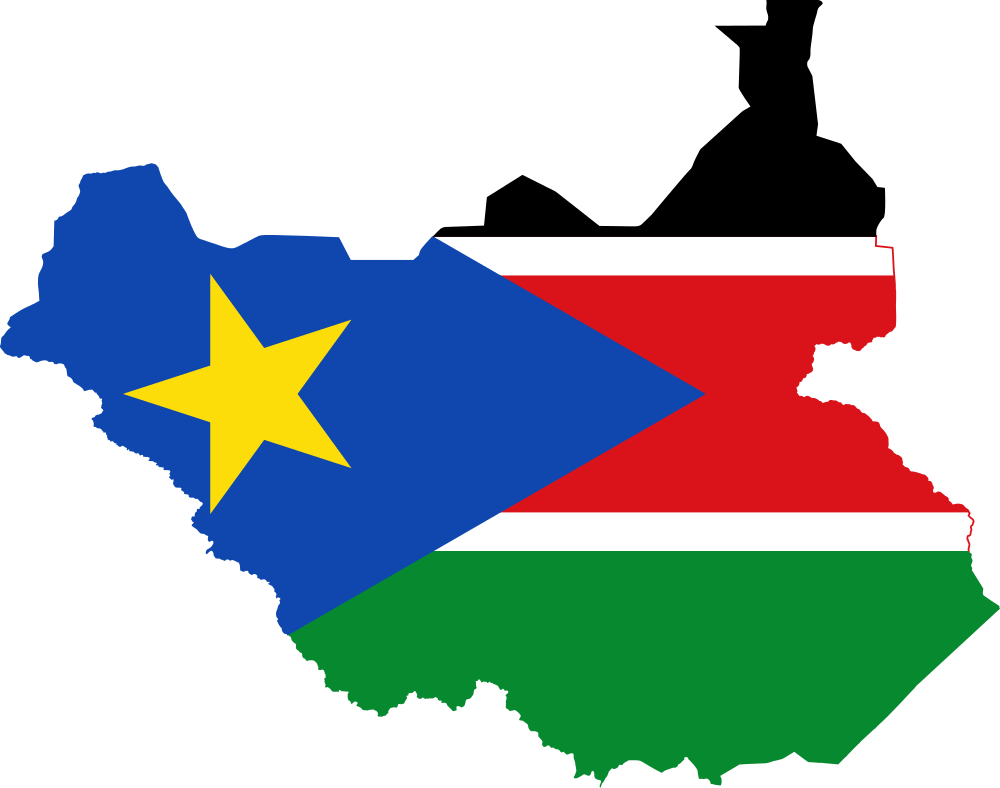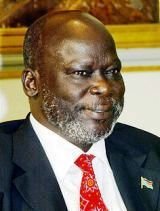South Sudan, officially known as the Republic of South Sudan, is the world’s youngest nation, having gained independence from Sudan on July 9, 2011, after a long and complex history of conflict. Here are some key points about South Sudan:
Geography:
- South Sudan is located in East-Central Africa and is landlocked, sharing borders with Ethiopia to the east, Sudan to the north, Central African Republic to the west, Democratic Republic of the Congo, Uganda, and Kenya to the south.
- The landscape is varied, featuring the vast Sudd, one of the world’s largest wetlands, and mountainous regions like the Imatong Mountains.
Cultural Diversity:
- The country is ethnically and linguistically diverse, with over 60 different ethnic groups, including the Dinka, Nuer, Shilluk, and many others. Each group has its own language and cultural practices.
- Cattle are central to the culture of many groups, especially the Dinka and Nuer, where wealth, status, and even marriage dowries are measured in terms of cattle.
Political History:
- The journey to independence was marked by the First Sudanese Civil War (1955-1972) and the Second Sudanese Civil War (1983-2005), primarily driven by issues of religious, cultural, and political autonomy.
- Post-independence, South Sudan has faced numerous challenges including internal conflict, notably a civil war from 2013 to 2020, primarily between forces loyal to President Salva Kiir and those allied with Riek Machar.
Economy:
- Oil is the backbone of South Sudan’s economy, accounting for nearly all export revenues. However, the oil infrastructure is largely concentrated in the north of the country, complicating distribution and revenue sharing.
- Agriculture is another significant sector, but the potential is not fully realized due to ongoing conflicts, lack of infrastructure, and environmental challenges.
Challenges:
- The country faces severe humanitarian crises, including widespread food insecurity, displacement, and a lack of basic services like healthcare and education.
- Peacebuilding efforts are ongoing, with frequent attempts at forming unity governments and peace agreements that have not always held.
International Relations:
- South Sudan’s independence was internationally recognized, but ongoing internal conflicts have affected its relations with neighboring countries and international bodies.
- The United Nations has a peacekeeping mission in South Sudan (UNMISS) aimed at protecting civilians, monitoring human rights, and supporting the peace process.
Cultural Heritage:
- Despite its challenges, South Sudan boasts a rich cultural heritage with unique dances, music, and storytelling traditions that are central to community life.
This overview provides a glimpse into South Sudan, a nation with immense potential but also facing significant hurdles in its development and stabilization. If you’re interested in more specific aspects like history, culture, or current events, feel free to ask!

The conflict you’re referring to actually spans over two distinct civil wars, not one continuous 21-year civil war. Here’s a breakdown of these conflicts in South Sudan:
First Sudanese Civil War (1955-1972):
- Duration: 17 years
- Context: Began just before Sudan’s independence from the British in 1956, when southern Sudanese, predominantly Christian and animist, sought autonomy from the Muslim, Arabic-speaking north.
- Key Issues: The conflict was largely about cultural and religious differences, with the south feeling marginalized by the northern-dominated government in Khartoum. The Anya-Nya movement led the southern resistance.
- Outcome: The war ended with the Addis Ababa Agreement in 1972, which granted the south a degree of autonomy and a ceasefire. However, this peace was short-lived as underlying issues were not fully resolved.
Second Sudanese Civil War (1983-2005):
- Duration: 22 years
- Context: The peace from the Addis Ababa Agreement unraveled when the Sudanese government imposed Sharia law across the country, including the south, and abolished the southern autonomous region. The Sudan People’s Liberation Army (SPLA) under John Garang resumed the fight for autonomy.
- Key Issues: This war was about self-determination, economic disparity, religious freedom, and control over resources like oil, which was discovered in southern Sudan during the war.
- Outcome: The war ended with the Comprehensive Peace Agreement (CPA) in 2005, which included provisions for a referendum on independence for South Sudan, leading to its secession in 2011.
Post-Independence Conflict (2013-present):
- While not part of the 21-year narrative, it’s important to mention that after independence, South Sudan saw another bout of internal conflict. This civil war began in December 2013 due to political and ethnic tensions between President Salva Kiir’s forces and those loyal to his former deputy, Riek Machar. Although this war is often cited as having ended with the 2018 peace agreement, tensions and sporadic violence continue.
Impact:
- Both civil wars led to massive loss of life, displacement of millions, and severe economic and social disruption. The conflicts have left South Sudan with one of the world’s largest refugee populations and ongoing humanitarian crises.

- Infrastructure was destroyed, education and health systems were crippled, and development was severely stunted.
Legacy:
- The wars have left a complex legacy of ethnic tensions, weak state institutions, and an economy heavily reliant on oil with little diversification. Efforts towards peace and nation-building continue, with international support for peacekeeping, humanitarian aid, and development projects.
When discussing these conflicts, it’s crucial to recognize the complexity of the issues involved, including ethnic divisions, resource control, governance, and external influences. If you’re interested in a particular aspect or need more detailed information on any part of these conflicts, feel free to specify.











